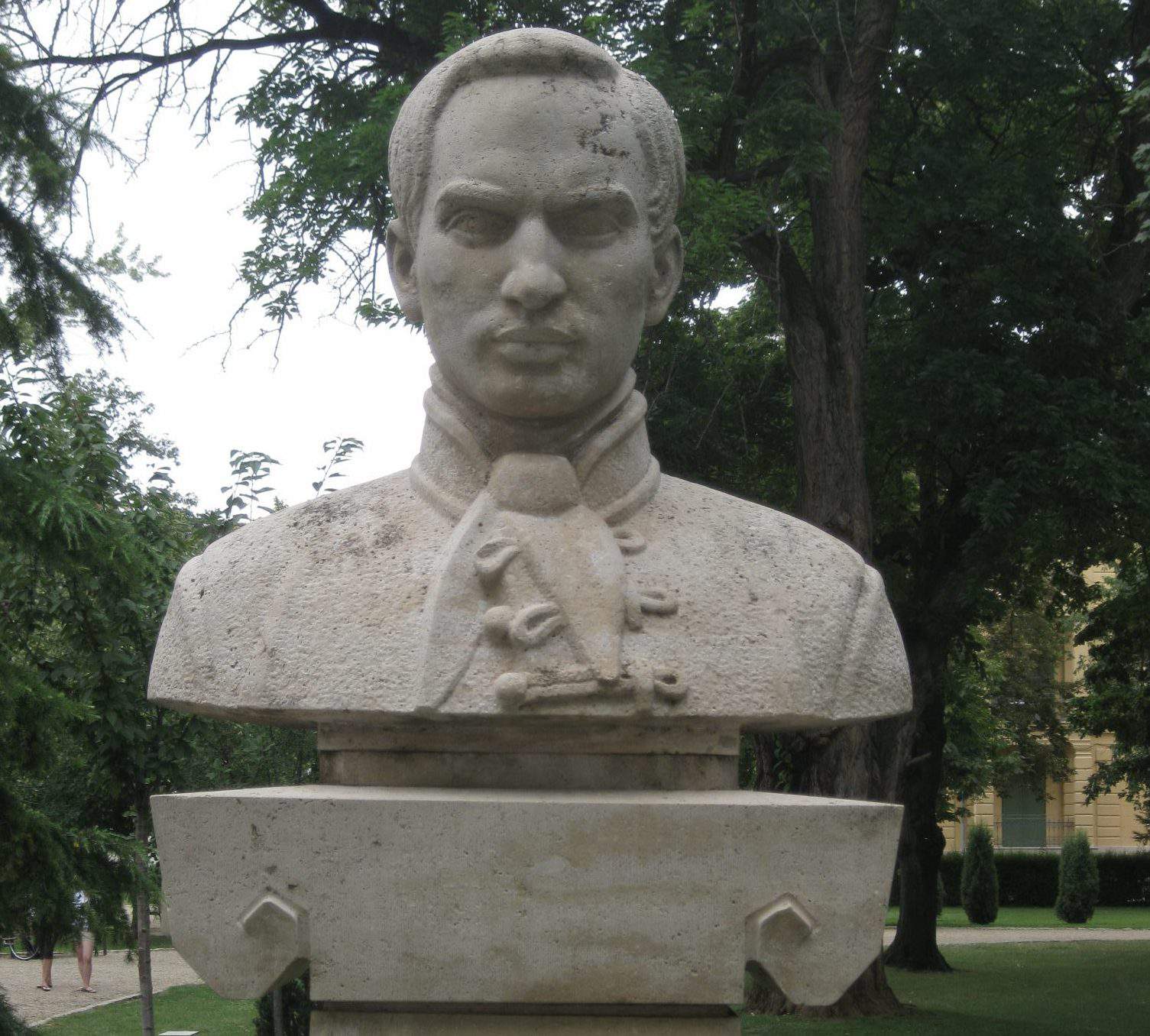The Hungarian orientalist who became a Buddhist saint in Japan – photos

Sándor Csoma Kőrösi was a Transylvanian Philologist and Orientalist who wrote the first Tibetan-English dictionary and grammar book and was given the title of Bosatsu (Buddhist sainthood) by the Japanese in 1933. He searched for the origins of the Hungarians in the 1820s and 1830s and is considered to be the founder of Tibetology.
He wanted to know where Hungarians come from
He was born to a poor but noble Szekler family, and his father was a border guard. He started his studies in 1790, and in 1799, he moved to Nagyenyed (present-day Aiud, Romania) and
he did manual labour in exchange of which he received free education.
He finished his studies in 1815 and received a scholarship to Göttingen where he began to learn English and studied Orientalistics under the supervision of Johann Gottfried Eichhorn. By the time he arrived at the German university, he was already literate in 13 languages. After finishing his studies, he returned to Transylvania and started his journey towards discovering the Eastern roots of the Hungarians on November 24th, 1819.
His path was
full of dangers
those days, for example, he had to abandon Constantinople and Alexandria because of the black death epidemic. Furthermore, he mostly travelled on foot because he did not have money to pay for camels or horses. In Baghdad, he met a Slovak of Hungary, Anton Svoboda, who provided him with money and clothes and with whom he could speak Hungarian. In Tehran, he improved his English and Farsi language knowledge and took up the name Skander bey.
He finally reached Kashmir in 1822 where he met William Moorcroft, an English government official who encouraged him to study Tibetan language and literature.

The founder of Tibetology
He finally arrived in Kashmir in July of 1822. Allegedly, he found evidence for the origins of the Hungarians which he located somewhere near the Western borders of China. However, he started to study Tibetan in 1823, read thousands of books and wrote the History and Geography of Tibet. From 1827 to 1831, he lived and worked in the Kanam monastery
near the Tibetan-Indian border of today.
Here, he finished the Tibetan-English dictionary, a Tibetan grammar books and several other papers, and even a Buddhist terminology dictionary. He became the member of the Royal Asiatic Society in 1830. In 1831, he arrived in Calcutta where he started to work in the library of the Society. In 1834, he published there the first Tibetan-English dictionary and grammar book. Between 1835 and 1837, he learnt the Sanskrit, Bengali and Mahratta languages in Bengal.
He returned to Calcutta where he worked five more years as a hermit. By this time,
he already wrote and read in 20 different languages.
There, he met the Hungarian painter and world traveller, József Ágoston Schöfft, who made the only authentic portrait of him.
In 1842, he tried to get to Lhasa, but he fell ill and died in Darjeeling. He was buried in the local cemetery for Europeans which is at the feet of the third highest peak of the Himalaya.

Photos: commons.wikimedia.org

